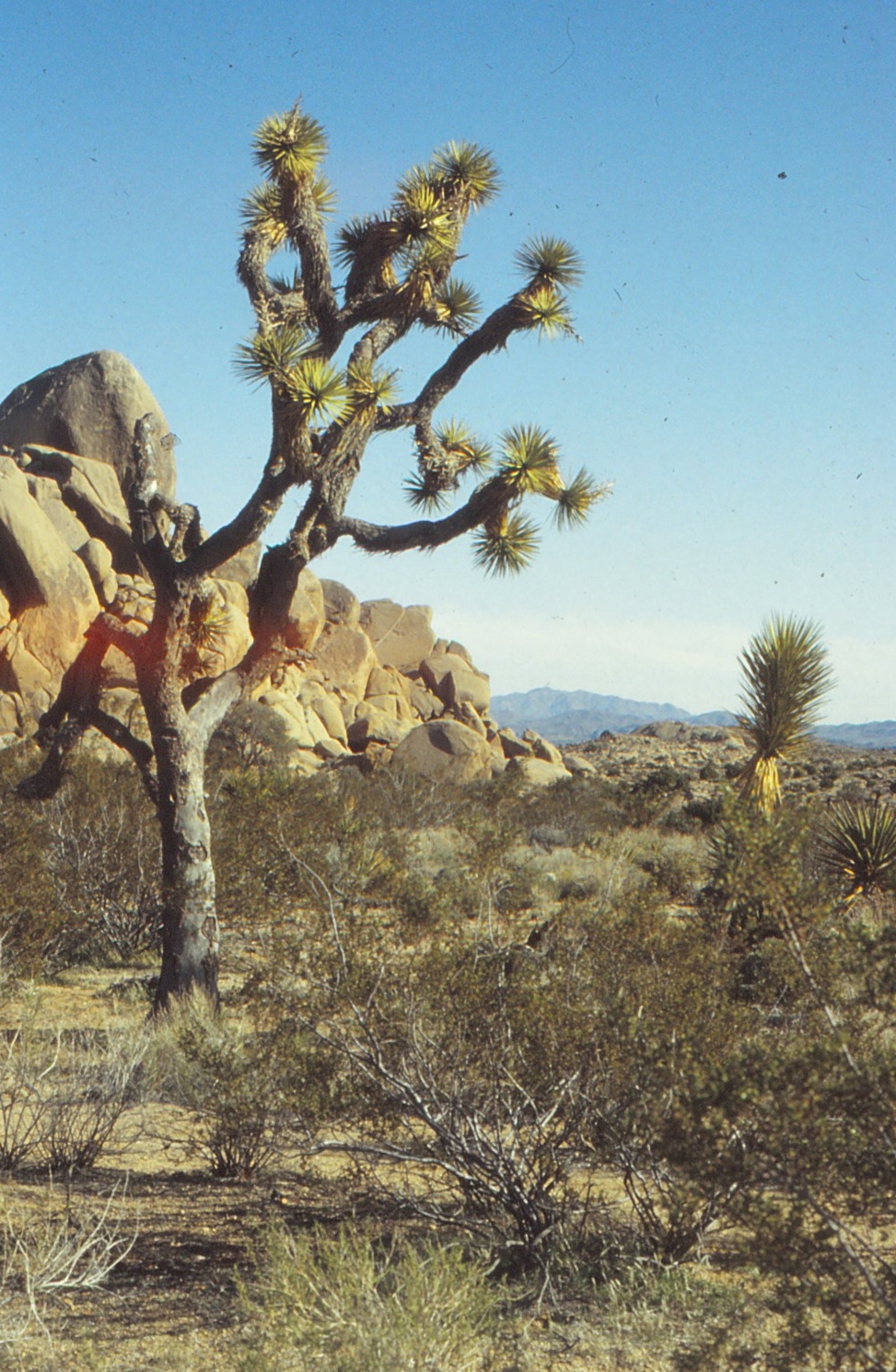Cotton - always in the middle of social and environmental problems: could it be replaced for the benefit of mankindKeskiviikko 10.7.2019 klo 12.17 - Mikko Nikinmaa Cotton clothes, all of us wear them. However, do we realize all the social and environmental problems associated and the fact that we could presently achieve a cotton-free society which would be a contribution towards combatting climate change, social inequality and environmental destruction? Initially, the cotton production was a strong component for American slavery. Cotton fields in southern USA needed workers, and they were brought in The problem with genetically modified organisms really boils down to cotton. Out of the approximately 32 million hectares, where cotton is grown, approximately 25 million hectares is genetically modified (GM). Consequently, it is my bet that people against the use of GMOs (genetically modified organisms) daily wear clothing that has genetically modified cotton. GM cotton was marketed to farmers saying that the need for pesticides would be reduced. However, that has not turned out to be the case. While the insecticide use in USA and Australia has markedly decreased after the introduction of bt-cotton (a genetically modified plant, which produces its own toxin against several insect pests), the herbicide use has not decreased. In most other cotton-producing countries pesticide use has not decreased, partly because secondary harmful insects require heavy insecticide use to ensure high production. Further, it appears that the difference between pesticide use in large industrial cotton cultivation (decrease in insecticide use) and small cotton farmers (no change or increase in insecticide use) has increased. The heavy pesticide use in cotton production is an important component in causing the deaths of non-target organisms. Insecticides kill non-selectively all insects, be they beneficial or harmful. Research on waterways has indicated that agricultural pesticides kill aquatic invertebrates and fish. Often the insecticides are more toxic to aquatic creatures than to their target organisms. Further, it was recently estimated that close to 70 000 000 birds per year die directly because of pesticide use. Although cotton cultivation does not require very much water (10000 l/kg cotton produced worldwide), the fact that it is grown in dry areas largely for e Production of cotton clothing has also another social problem. In many countries producing cotton clothing cheaply, child labour is used. To best combat this, e.g. European collaboration would be helpful. As the final question one must ask if cotton is necessary as primary cloth material any more. Earlier it was, as all the other fibres that could be used for producing fabrics yielded much harder and therefore less comfortable cloth than cotton. However, recently the situation has changed, and currently wood fibres can yield as soft and comfortable cloth as cotton. Since the need for paper production has markedly decreased, wood could be used for cloth-making. Replacing cotton with wood fibre would thus be a highly beneficial both socially and environmentally. First, the land and water used now for growing cotton for export with most profits not coming to local people could come completely to help the food and water needs of local communities. This would decrease the refugee pressure to North. Because the pesticide use would be reduced, all the negative issues associated with them would also be reduced. Growing trees for fibre production would not have a negative effect on carbon footprint globally, most likely the opposite, as the life length of clothing is longer than that of paper products. Thus, one would be combatting climate change, whereby the number of climate refugees in the future would decrease. Finally, as the right-wing populists always say that isolationist policies are needed for the success of “our” industry, producing cloth would be a significant new direction to pulp industry. All in all, replacing cotton could be a good example of how thinking globally has positive influence on social and environmental problems in the world. |
|
Avainsanat: climate change, drought, refugees, pulp industry, pesticide use |

 as slaves from Africa. Although also other forms of cultivation such as growing of tobacco and sugar cane needed workers, cotton cultivation was the most important one, generating rich plantation owners and poor slaves, and later the racial problems in America, which are still a big problem.
as slaves from Africa. Although also other forms of cultivation such as growing of tobacco and sugar cane needed workers, cotton cultivation was the most important one, generating rich plantation owners and poor slaves, and later the racial problems in America, which are still a big problem. xport with the profits going not to local farmers but to big agricultural companies often from foreign countries means that the water use does not support the local people’s food production or water needs. Consequently, the poor people in the dry areas continue to suffer from food and water shortage in India and Africa. Partly the recent trend that food shortage is again in the increase in Eastern Africa could be alleviated by stopping cotton cultivation and using the water for cultivating edible crops.
xport with the profits going not to local farmers but to big agricultural companies often from foreign countries means that the water use does not support the local people’s food production or water needs. Consequently, the poor people in the dry areas continue to suffer from food and water shortage in India and Africa. Partly the recent trend that food shortage is again in the increase in Eastern Africa could be alleviated by stopping cotton cultivation and using the water for cultivating edible crops.